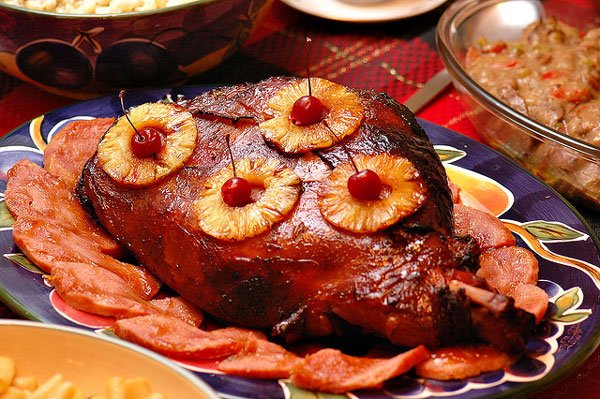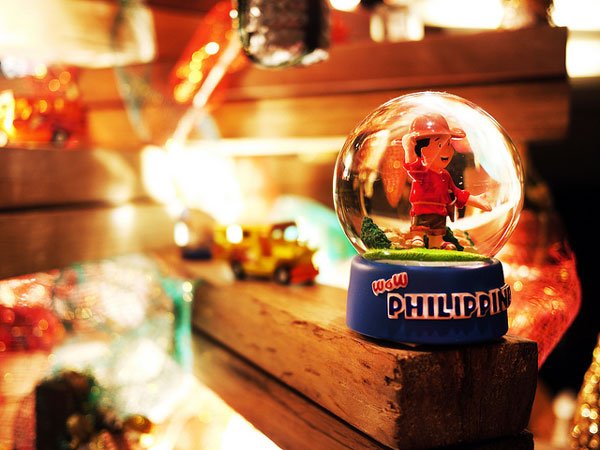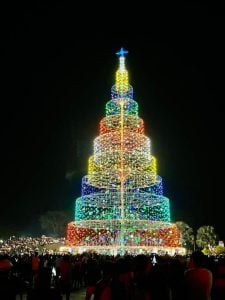The Philippines is not called the “Land of Fiestas” for nothing. With a celebration for each day of the year, this tropical paradise of 7,107 islands truly deserves its title. Of all these festivals, Christmas or ‘Pasko’ is the most awaited.
Pasko comes from the Spanish “Pascua de Navidad” which refers to Christmas. Filipinos consider Pasko or kapaskuhan (Christmastime) the highlight of the year. This is when even the poorest of families prepare and serve plenty of food on their table. It is also the time for sharing, giving and making everyone around you full of joy.
Being a predominantly Catholic country, Christmas is a very important and highly revered time of the year in the Philippines. Spanish traditions have influenced the Filipinos and to this day, most of these traditions, like Misa de Gallo and Noche Buena, are very much alive. Most Filipinos live all the days of the year in expectation of Christmas day.
Christmastime brings out the best in each Filipino. As early as September, you can see the first flickers of twinkling lights outside of houses and commercial buildings. Malls begin to bloom with fake poinsettias, Styrofoam snowmen, plastic Christmas trees and boxes of Christmas balls. Parols begin to adorn household windows and belens building facades.
Christmas songs and carols linger in the air, played on the radio or even in personal music players. Children begin to ask their parents for a tambourine, or at least fashion one from pounded tin soft drink caps. These will later be used to accompany their merry version of the favorite Filipino carol “Pasko na Naman”.
Filipino Christmas Traditions
Pamamasko is the age-old tradition where Filipino children happily go from house to house asking for little gifts of coins or candies. You can say that this is a version of the Western Trick or Treat during Halloween, only that there are no tricks or scary costumes, just songs and smiling faces.
Christmas officially begins on December 16th. Nine days before the 25th, Filipinos wake up before 4 o’clock in the morning to attend the Simbang Gabi. After each mass, people flock to nearby stalls to have their fill of the favorite puto bumbong, bibingka and salabat (ginger ale). Many believe that your wishes will come true if you are able to complete all nine mornings of Simbang Gabi.

Come Christmas Eve, tables are filled with all sorts of treats. Lechon, pastillas, leche flan, karekare, adobo, embutido, barbecue, maja blanca and pancit are just some of the mainstays on a typical Filipino Christmas table. Those who have in abundance share their food with those who have little and families gather to celebrate with fireworks until the wee hours of Christmas morning.

Christmas in the Philippines does not end on December 25th, but extends until the feast of the Epiphany or Three Kings. Gift-giving extends way after that and some Filipinos even invoke the spirit of Christmas all year round.
Celebrating Christmas in the Philippines is the best time to bask in the glow of the Filipinos’ merry spirit and experience their famous brand of hospitality. As anyone would greet you on the street, we’d like to wish you a








